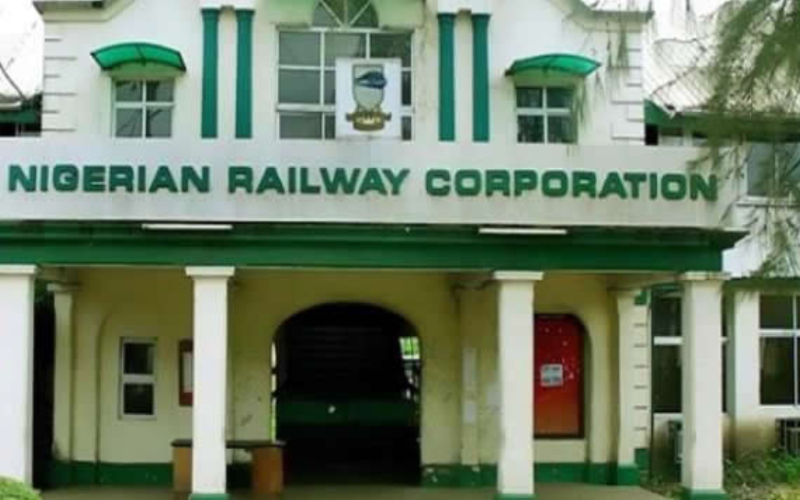The Federal Government spent $548.67m (N246.11bn using the official exchange rate of N448.55 to a dollar by the Central Bank of Nigeria ) to service railway-related debts between 2016 and 2022, according to Nigeria’s external debt service payments reports by the Debt Management Office.
Between January and December 2016, railway debt servicing gulped $19.99m, with the Nigeria Railway Modernisation Project taking $11.37m and the Nigeria Abuja Light Rail Project gulping $8.26m.
By 2017, railway debt servicing gulped $21.53m, with the Nigeria Railway Modernisation Project taking $12.14m and the Nigeria Abuja Light Rail Project incurring $9.39m.
The total spent on servicing railway debt kept rising in 2018, taking a total of $63.92m between January and December that year.
The amount spent on serving railway debts kept rising the following year, as the debts cost Nigeria $121m in 2020.
The Nigeria Railway Modernisation Project (Idu-Kaduna Section) gulped $48.97m, the Nigeria Railway Modernisation Project (Lagos-Ibadan Section) gulped $21.28m and the Nigeria Abuja Light Rail Project gulped $50.75m.
By 2021, the total amount spent on servicing railway debts had risen to $122.92m.
The Nigeria Railway Modernisation Project (Idu-Kaduna Section) gulped $47.96m, the Nigeria Railway Modernisation Project (Lagos-Ibadan Section) took $24.08m and the Nigeria Abuja Light Rail Project gulped $50.88m.
For 2022, The PUNCH could only access debt data for January to September as only three-quarters debt reports have been released by the DMO as of the time of filing this report.
By the third quarter of 2022, a total of $63.33m was spent on servicing railway debts, which included $23.41m on the Nigeria Railway Modernisation Project (Idu-Kaduna Section), $14.95m on the Nigeria Railway Modernisation Project (Lagos-Ibadan Section), and $24.39m on the Nigeria Abuja Light Rail Project.
It was also noted that $580,889 was spent on the Nigerian supply of rolling stocks and depot equipment for the Abuja light rail project.
In total, the Federal Government spent $125.06m on servicing railway debts in 2022.
The rising railway debt servicing costs occurred as the government struggled to generate revenue from the railway sector.
Dwindling railway revenue
While the Nigerian Bureau of Statistics has no figure on how much was earned from train services in 2016, data from the Rail Transportation reports showed that N18.09bn was earned between 2017 and 2022.
In 2022, the revenue data was available for only two quarters – the first and second quarters.
In 2017, the Federal Government earned N1.71bn, which included both passenger and cargo train services.
The Federal Government earned N2.52bn in 2018, N2.84bn in 2019, N2.03bn in 2020, and N6.05bn in 2021 from train services.
In the first quarter of 2022, the Federal Government earned N2.21bn but this revenue crashed massively by 66.73 per cent to N734.47m in the second quarter of this year.
In 2022, security challenges threatened revenue from train services, especially the Abuja-Kaduna train services.
Last August, it was reported that the Nigeria Railway Corporation suspended the Lagos-Kano and Ajaokuta train services due to the fear of terrorist attacks.
This was after terrorists attacked the Abuja-Kaduna train on March 28, 2022, kidnapping 168 passengers and killing eight others.
The release of the victims had been in batches since then, with the last 23 released in October, 2022.
The Managing Director of the NRC, Fidet Okhiria, recently disclosed that the Federal Government lost about N113m due to the non-operation of trains at the Abuja-Kaduna railway for over eight months.
Economic and financial experts have warned the Federal Government that Nigeria risks losing key national assets to China in the event that it defaults in paying back loans obtained from China.
SOURCE: PUNCH











